Introduction to the Care of Entomology Collections was a workshop aimed at non-entomologists with responsibility for insect collections in Scotland.
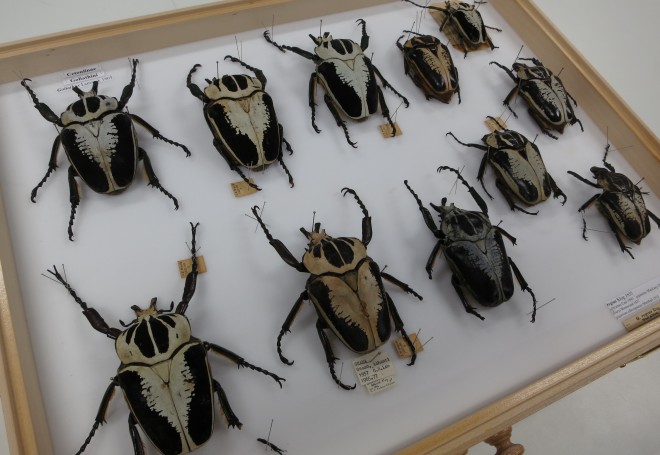
It was hosted by the Entomology team (myself, Steve Hewitt and Richard Lyszkowski), on the 3 March 2016. This was part of National Museums Scotland’s National Training Programme, organised by the National & International Partnerships department. These free collections training workshops are a popular way to share knowledge and skills throughout the Scottish museum sector.

Participants came from a range of institutions, such as the Hunterian Museum, Paisley Museum and the University of Aberdeen. The aim was to enhance their knowledge of collections care and management, and develop their confidence in working with entomology collections.
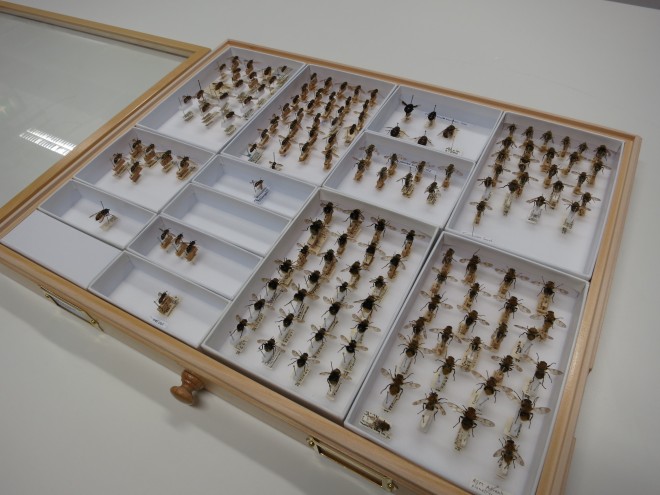
We started the day with an introductory talk from Steve about the history and value of insect collections, followed by a tour of our collection. We hosted the workshop in Building 17, our new building at the National Museums Collection Centre. This allowed us to be surrounded by the collection and take the group through the different orders of insects, explaining how the collection is arranged, how it is used and highlighting various types of storage.

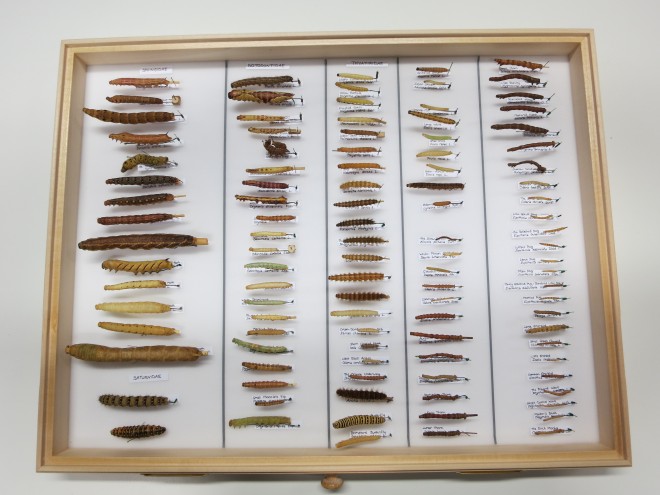
Richard then talked to the group about potential pests of insect collections. This included how to recognise signs of pest infestation, deal with outbreaks and use preventative measures. We are very fortunate that our insect collection is pest free, but we do have plenty of pinned examples of insect pest species, to show what to look out for. We also have some historical examples of damage to collections, including the “Box of Doom” – a great example of why collections care is so important!
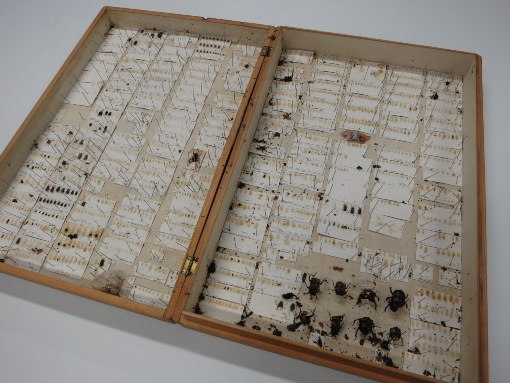
Next up, I gave a short presentation about entomological storage. I gave a comparison of historical storage versus new storage and provided examples of what can happen to collections housed in inadequate storage. I also discussed environmental control, as part of good practice, as well as how to safely package specimens for loans.
After lunch Steve gave a very informative presentation about mobilising data from collections and making it available to a wider audience. He took the group through how to record data and correctly label specimens, data-basing, digitisation and data management.
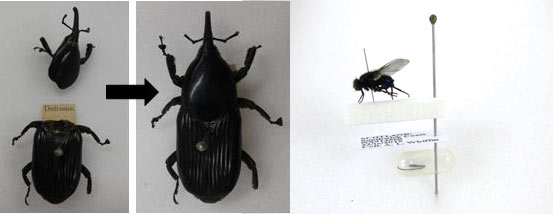
To wind up the day participants had the opportunity to try their hand at some specimen preparation. We demonstrated a range of different techniques; pinning, carding/pointing and setting; and also discussed specimen repair. Insect collections are prone to breakages due their fragile nature and it is most important to keep any broken parts associated with the original specimen. We showed examples of when to glue and when not to. Richard also showed the group the type of field equipment we use for collecting.
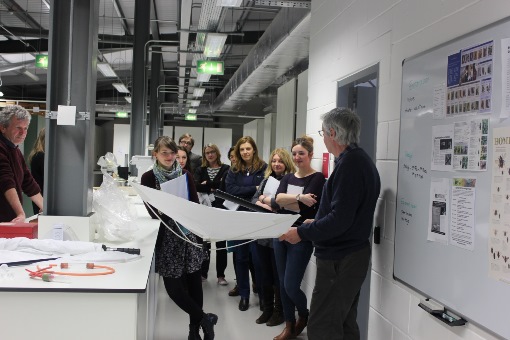

We hope that the day was a worthwhile experience for the participants involved and that it can aid their future work with entomology collections. I have attended numerous workshops and this was the first time I have helped host one, so I found it to be a really valuable experience.
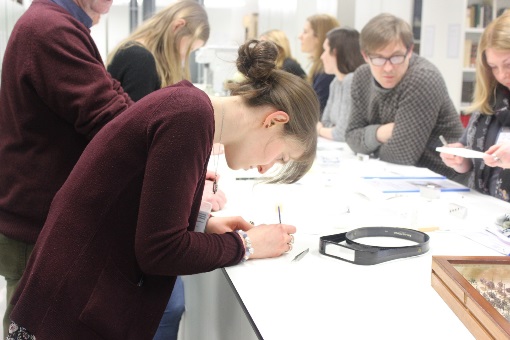
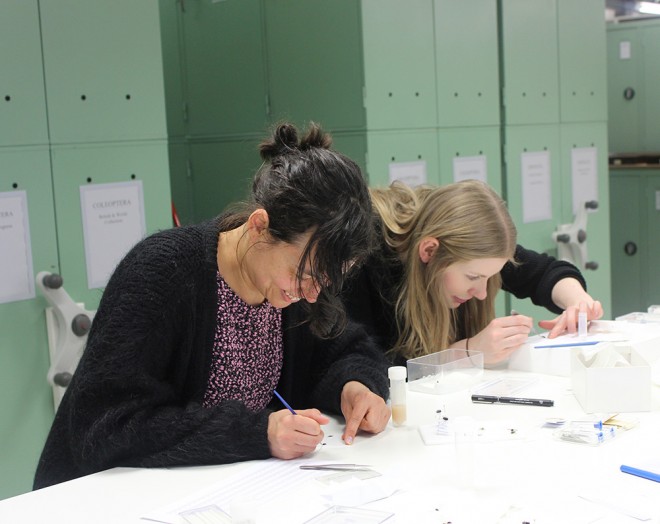
The Entomology team would like to give a big thank you to Karyn McGhee for all her help with preparation and on the day.
